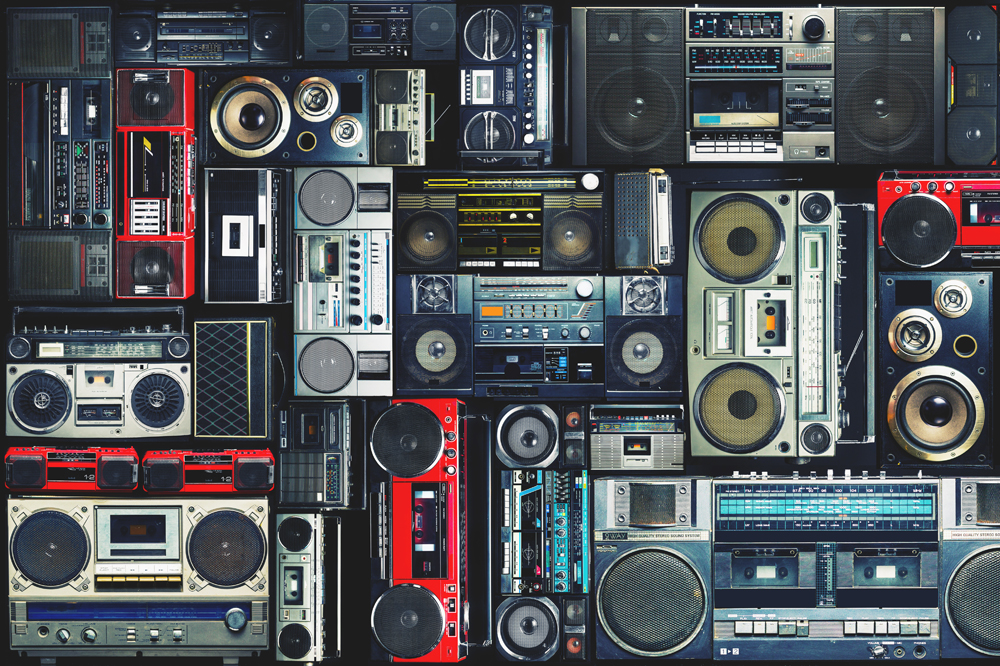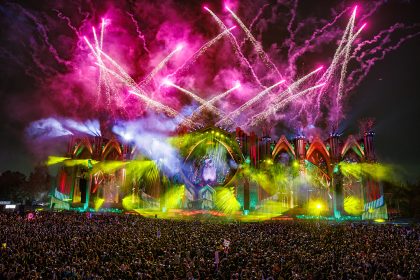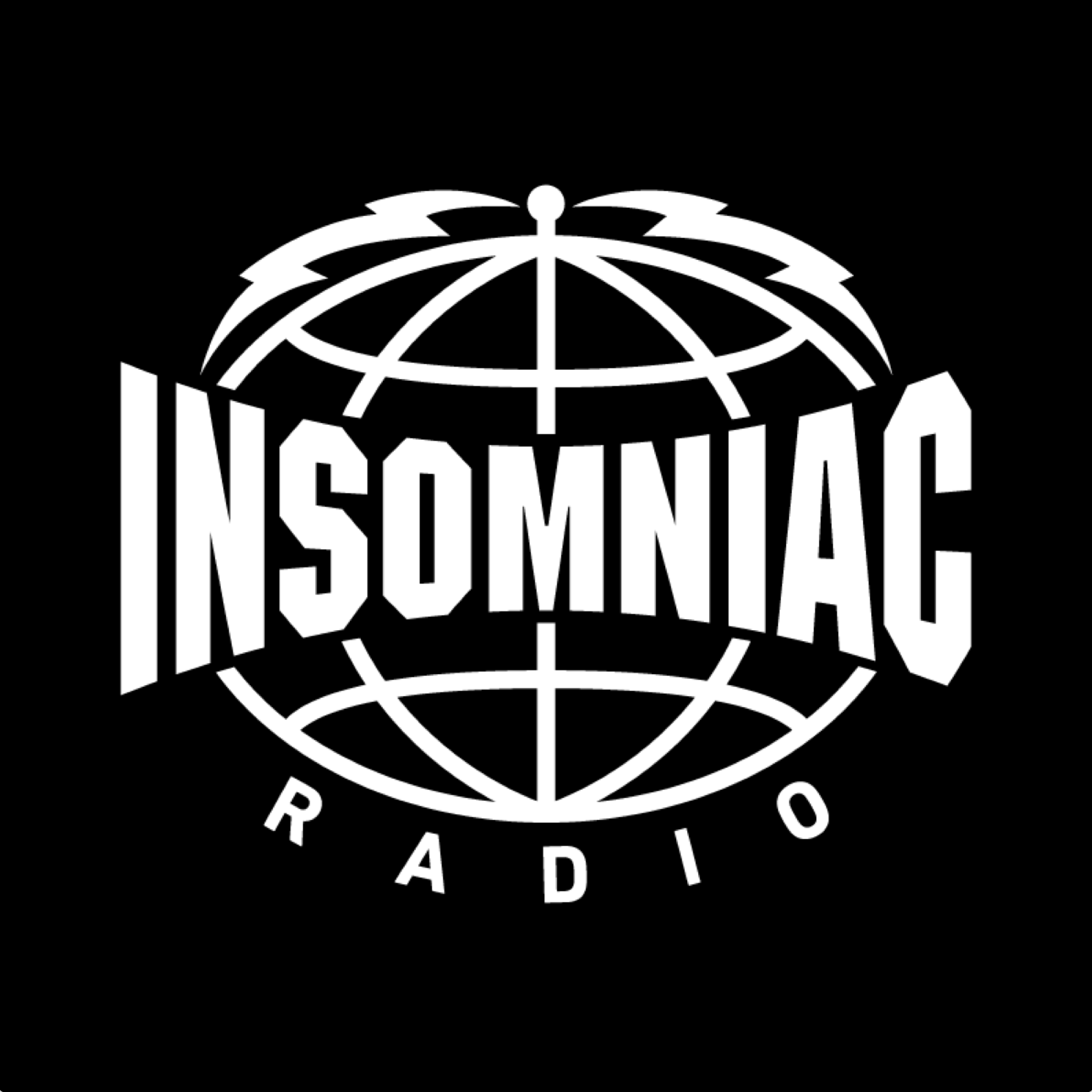Did You Hear Dance Music on the Radio in 2015?

Upcoming Event
The winds of change were blowing in 2015, with electronic music ready to take another tentative step toward embedding itself forever in the mass consciousness of mainstream America. Radio looked beyond the bubblegum EDM pop that reached critical mass the past few years, and toward something altogether more unpredictable and weird, yet also strangely seductive. And it came from the most unlikely of places: namely, Justin Bieber.
The million-selling single “Where Are Ü Now,” which Skrillex and Diplo delivered under their Jack Ü alias, turned out to be the surprise crossover hit of the year, with The New York Times giving its beaming stamp of approval to its “four minutes of high-tech bliss.”
“The pop star was in the realm of dance music, and the DJ was a pop hitmaker,” The New York Times gleefully exclaimed, without a hint of awkwardness. “For this Top 10 moment, their paths had converged.”
However, while Bieber had been a pinup for squealing teens around the world for nearly a decade, the success of “Where Are Ü Now” was far from the calculated or conventional formula of your typical radio hit. Whispers began to build back in February about what was a risky maneuver for Diplo and Skrillex, though they declined to build any real hype behind the collaboration, inconspicuously releasing it in February as part of the debut album for their Jack Ü project, without any fanfare. It didn’t languish in obscurity for long, though, with Bieber alerting his millions of Twitter followers about its existence (and asking them to request it on radio), meaning it had taken on a life of its own by the time it was later released as a single.
“Where Are Ü Now” went double platinum in the US and breached the Top 10 in eight countries across the world, swiftly racking up hundreds of millions of plays across YouTube and Spotify. And while the nominations for the American Music Awards (AMAs) were embarrassingly short on dance music representation this year, Skrillex and Diplo had the last laugh when “Where Are Ü Now” nudged out the likes of Taylor Swift, Bruno Mars, Rihanna and Kanye West and collected the “Favorite Collaboration of the Year” award.
“I think this could be one of the strangest collaborations of the year, of all time,” Diplo acknowledged when he collected his AMA. “Shout out to everyone who gave this a chance.”
“We’re just here to keep pushing music forward, breaking stereotypes and boundaries, and creating an environment where everybody can be free to create and express who they are,” Skrillex added.
You can argue it was a grandiose statement on Skrillex’s behalf, though even for those with a heavy aversion to commercial dance, “Where Are Ü Now” was a divine pop record with a charm that was decidedly unconventional, refusing to conform to formulas. It boasted two verses and catchy hooks galore, though it still stubbornly lacked a chorus, in contrast to the conservative formulas that have long defined standard radio pop. The experimental side of electronic music was in play, and this is where it drew its appeal.
“The song wouldn’t be what it was if we tried to follow those radio requirements,” Skrillex told The New York Times. “I just like it. It makes me feel something.”
A crafty maneuver
Otherwise, Diplo and his Mad Decent label were responsible for the other major crossover dance smash of 2015, via his Major Lazer single “Lean On,” which cracked the top 5 in the US, peaking at #2 in the UK and even snaring the coveted #1 spot in Australia, Ireland, the Netherlands, Denmark, Switzerland and beyond. Unprecedentedly, it also went on to become Spotify’s most-streamed song of all time, surpassing a mind-boggling half billion streams globally.
It’s worth noting these records didn’t represent a huge stylistic shift for Diplo. With Mad Decent, he’s pushed a global selection of artists over the past decade, ranging from Brazilian carioca-pop trio Bonde do Rolê to dubstep pioneer Rusko, Italian noise merchants Crookers and beyond, with his sets encompassing a wide range of dancehall, baile-funk, electro, trap, hip-hop, and bass. He’s doing what he’s always done, though in 2015 he was able to seize the zeitgeist, wresting it away from the bubblegum EDM-pop that has reigned since “I Gotta Feeling,” with Diplo converting his edgy, eclectic formula into dance music’s new crossover sound.
Diplo spoke to AMP Radio in October about the radio success of his various projects this year. Alongside Bieber, it saw him working with a cast of pop stars that also included Ellie Goulding, Ariana Grande and Kiesza (with the Weeknd promised for the not-too-distant future). However, he emphasized that none of it was traditional radio fodder.
“I think right now, that’s the goal for a lot of pop artists, to do a little away from the mainstream… All those records aren’t typical pop production,” Diplo said of his recent radio hits. “I think a lot of people are gravitating toward that, and those records are getting the love.”
It’s acknowledged as a holy grail of sorts that producers had been seeking for years, with the likes of Skrillex and Diplo sneaking past the Scandinavian hitmakers and songwriting committees to stumble across a new formula that combined electronic edge with mass appeal.
“This is their first top 10 record,” Bieber pointed out in his cover story for Complex this year. “It just shows that we’re breaking barriers in the EDM world. I think people have been trying to do it for a while, making dance music, like Usher and all of those people, but I don’t think it’s been done in the right way.” Less than eloquent, perhaps, but he has a point.
The new radio formula is to defy the old radio formula. Another producer who has benefitted from this swing is Djemba Djemba, aka Andrew Swanson, an ascending star who was signed by Diplo to Mad Decent and recently helped cowrite several songs on Major Lazer’s Peace Is the Mission album. He’s also worked behind the scenes with massive pop players like Britney Spears and Chris Brown, as well as on Madonna’s Rebel Heart album this year, and he’s found his sound translating seamlessly to the radio world.
“I definitely wanna experiment and make music that appeals to people beyond the EDM side of things. But it just so happens, my experimental music sounds a little more mainstream right now. That’s nice, so I’m going to take advantage of it. I don’t expect it to last forever.”
One such project in 2015 was “Give It to the Moment,” his collaboration with Canadian starlet Kiesza, herself an unconventional pop starlet who broke through with her house-influenced smash “Runaway” last year. Wrapped in surprisingly edgy production, sugary synths weave in and out of Kiesza’s chorus in the breakdown, before it unleashes a swirl of sonic noise after the drop, jacking into the adventurous spirit of bass music, yet ticking all the right boxes for radio play.
“If I’d made this song 10 years ago, people would be like, ‘What the hell is this?’,” Djemba Djemba told inthemix. “But dance music has come a long way in the mainstream. Jack Ü have really done a lot, and you can hear it with Disclosure and everybody on the radio these days. It’s youth culture getting older and styles changing. I just happened to be in the right place at the right time.”
“Luckily, I was standing on the shoulders of people who could push the music forward early on. I just kind of fell into it, to be honest. I wasn’t chasing radio; radio kind of chases you.”
Sneaking house music onto the radio
The other side of the coin in 2015 was the return of Disclosure, who hit back with their sophomore Caracal album, which was packed with a cast of pop guests like Lorde, Sam Smith and the Weeknd. It was another effort to blur the boundaries between classic house and radio-friendly pop, and while they’ve yet to conquer radio in the US to the same degree they have in the UK, they’re nonetheless now big enough to headline their own Madison Square Garden show.
Since the crossover success of “Latch,” the duo have inspired endless discussion on house and garage reaching the masses, and it’s been part of a bigger story that includes producers like Ben Westbeech, with his Breach alias busting into unexpected chart success with “Jack” in 2013. Elsewhere, echoes of lush electronica could certainly be felt in massive pop records like the Weeknd’s “I Can’t Feel My Face,” which offered a fresh spin on the synthetic R&B-pop that’s dominated since the Backstreet Boys era.
Mainstage EDM has stubbornly refused to let go of its excesses this year, with its defining moment being David Guetta performing a children’s nursery rhyme to the crowd at Belgium’s Tomorrowland, alongside Steve Aoki remixing the Titanic theme. Both were flayed alive by dance music purists on the internet for their discretions. Among all the risk-averse behavior, though, the occasional EDM jocks was emboldened.
In an interview with Radio 1 in August, Calvin Harris professed his love for Disclosure and credited them with helping further breach the boundaries between the mainstream and the electronic music underground. He says it was the duo who inspired him to take things a little deeper this year himself, with the classy “How Deep Is Your Love” meeting somewhere in that cavernous gulf between deep house and radio pop. He was rewarded appropriately with extensive US radio play, as well as going top 10 in 20+ countries around the world.
Harris also took the opportunity to make a veiled jab at his EDM mainstage colleagues who were guilty of letting things grow a little stale this year.
“If you have enough success in dance music, you have a responsibility to release really good music. You know a lot of people are gonna listen to your records and say, ‘That’s dance music; that’s EDM.’ Make something good! You can have a good song that goes off, as well as a bad song that goes off. So, make the good song! Please.”
One artist who deserves an honorable mention for taking up the baton is Steve Angello, who took a different route to courting radio play with his Wild Youth album, eschewing lowest-common-denominator pop in favor of working with credible songwriters like the Presets, Julia Spada and Dougy from Temper Trap. He’s described it as the biggest artistic statement of his career.
“A lot of people are just working with songwriters and producers, and they get delivered something based upon a request from a record label and some input from the artist. So for me, it’s really important to start from scratch,” he told MTV of the album last month.
“I’ve made songs my whole life that have just been for partying and creating a vibe on the dancefloor. But now, I actually wanted to do a real artist album, that I felt that this is something special—not only for me, but for the people around me.”
When the status quo pushes back
Not everyone was prepared to acknowledge the shift in mainstream radio tastes this year. While established music media like Rolling Stone resisted the significance of dance culture for decades before quietly lowering the gates the past few years, others are still on high alert for dance culture losing its grip on the zeitgeist. Last month, The New Yorker published a piece provocatively titled “Past Peak,” its writer ruminating on how in 2015, “Electronic dance music finds its limits.”
“Despite EDM’s ability to transfix crowds, obvious limits to its power have emerged. Even the genre’s most notable DJs need shepherds to guide them beyond nightclubs and festivals onto the radio and into broader consciousness… Rather than smash everything in its wake, EDM has curled itself around finicky pop impulses.”
These “finicky pop impulses” might have been true of the urban-dance radio hits that saw Guetta collaborating with Black Eyed Peas, Akon, Flo Rida and Rihanna, helping take things to a wider audience at the start of the decade. However, 2015 was hardly the year when dance culture reached the limits of its relationship with the mainstream. Rather, it was the year it transcended the compromised terms upon which this relationship began.
The New Yorker piece offers only a passing nod to Diplo’s transformative influence; it’s like the writer missed the memo with “Where Are Ü Now” scrawled all over it. Let’s just quietly file that with all the other sneering commentary insisting the “EDM bubble burst” is imminent, and keep our fingers crossed that radio gets even wilder in 2016.






